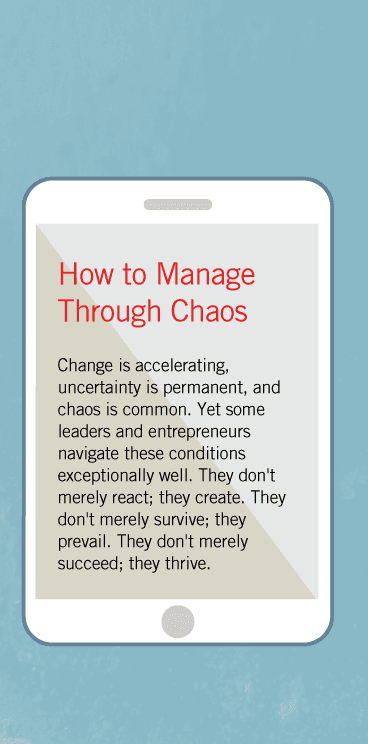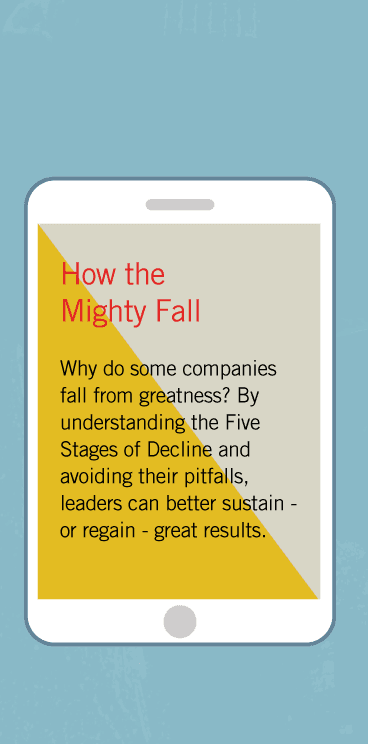My Life in Leadership - Frances Hesselbein
In October of 2007, I sat with Frances Hesselbein in an enclosed conference room—no windows, maps on the wall, literally bombproof. We’d come together to spend time with the general officers of the 82nd Airborne at Fort Bragg, North Carolina. At the other end of the table sat the commander, General Lloyd J. Austin III, six-foot-four, a muscular two-hundred-plus pounds, winner of a Silver Star for gallantry in combat, responsible for thirty-five thousand soldiers, the power of the man amplified by his calm and quiet. On either side of Austin sat about a dozen one- and two-star generals, along with some colonels, in Army fatigues, all with on-the-ground experience in places like Iraq and Afghanistan.
General Austin had thought hard about this day, part of a final “get ready” time before his command redeployed to Iraq. This was their third deployment to that country. He wanted something special to inspire his general officers as they left their families once again, in service. His dream: a visit and leadership session from Frances Hesselbein. General Austin called and asked if I would come to Fort Bragg and engage Frances in a conversation with the generals.
General Austin began the meeting, “We are so fortunate to have with us one of the great leaders in America, Frances Hesselbein.” The Army generals hushed, and I began to ask Frances questions about leadership, based on her experiences leading the Girl Scouts of the USA back to greatness, earning her a spot on the cover of Business Week as America’s best manager. Here sat gruff and rumble general officers who’d chosen to jump out of airplanes and lead combat battalions as a career, men who carry personal responsibility for the lives of thousands of young men and women. In business, failed leadership loses money; in the military, failed leadership loses lives.
As Frances talked, the generals sat utterly riveted, for two full hours. Diminutive, no more than five-foot-two, she held a commanding presence like Yoda dispensing wisdom to a gathering of Jedi knights. At the end of her session, the general officers spontaneously shouted Hooah!
It matters not the group—Fortune 500 CEOs, philanthropists, college students, social sector leaders, or military general officers in a war zone—Frances has the same effect on people. She inspires and teaches, not just because of what she says, but because of who she is. Leadership, she teaches, begins not with what you do, but with who you are. What are your values? What do you serve? What makes you get up every day and bring positive, go-forward tilt to everything and everyone you touch? She believes to her core the U.S. Army idea of “Be - Know - Do.” Because we cannot predict what challenges we will face, the most important preparation for leadership lies in developing personal character; you can learn the rest along the way.
In this book, Hesselbein shares her own story, her own life journey into a person of character. She describes the forces that shaped her, including a family that instilled in her the belief that “to serve is to live.” Like many great leaders, she did not choose her responsibilities. When her father died, she returned home from school and assumed responsibility for the family. Later in life, she led a Girl Scout council in Johnstown, Pennsylvania. A couple of members of the local council took her to lunch one day, and one of them said, “We’ve found the perfect leader to be our new executive director of the Talus Rock Girl Scout Council.”
“Oh, that’s wonderful,” exclaimed Frances. “Who?”
“You, Frances.”
“But I am a volunteer, not really prepared for this,” she replied.
“We think you are the right person,” they pressed.
“OK,” she finally relented, “I’ll do this for six months while we look for a real leader.”
Six years later, she would leave Pennsylvania to become the CEO of the Girl Scouts of the USA. She would hold the position for thirteen years, the first chief executive to come from the field in sixty-four years, and would lead a great turnaround. The Girl Scouts of the USA faced eight straight years of declining membership and turned to Frances to reverse the slide. In taking the role, she never thought of herself as being “on top” of the organization, but in service to a cause larger than herself. One of her greatest accomplishments came in leading the Girl Scouts to become a place where girls of all origins, whether black, white, Latina, American Indian, or Eskimo, and any form of immigrant, regardless of race or culture, could find themselves. Under her leadership, the Girl Scouts regained momentum, reaching a membership of 2.25 million girls with a workforce (mainly volunteers) of 780,000. Equally important, she set up the organization to be successful beyond her, with an ever increasing size and diversity of members and volunteers.
After the Girl Scouts, Frances became the founding president and CEO of the Peter F. Drucker Foundation for Nonprofit Management, now the Leader to Leader Institute, inspired by her friend and mentor Peter Drucker. She has spent the last two decades multiplying her leadership three-fold: her own leadership example multiplied by teaching leadership to others multiplied by leading an organization dedicated to inspired leadership in the business and social sectors. In all my years of working with leaders, from nonprofits to Fortune 500 companies, from government executives to philanthropists, from military leaders to school principals, I have met not a single person who has had a larger multiplicative effect than Frances. In recognition of her extraordinary multiplicative contributions, she received the Presidential Medal of Freedom, the United States of America’s highest civilian honor, in 1998.
I believe that people exude either “positive valence” or “negative valence.” Positive-valence people increase the energy in the room every time they enter. Frances has been for me a “double positive valence”—adding energy every time I have the chance to be with her. It’s like plugging into a human power source.
During one of our long conversations, I asked Frances how she endured the burdens of leadership and sustained her energy.
“Burden?” She looked puzzled. “Burden? Oh no, leadership is never a burden, it is a privilege.”
“But how do you sustain the energy for leadership? We all have limits, but I’ve never seen you reach yours.”
“Everything I have been called to do gives me energy. The greater the call, the greater the energy; it comes from outside me.”
And perhaps that is one of great secrets of leadership that Frances teaches with her life. If you are open to being called, if you see service not as a cost to your life but as life itself, then you cannot help but be caught in a giant self-reinforcing circle. You are called to leadership, and your energy rises to the call, you then lead effectively and are called to greater responsibility, your energy rises again to the call, and so it goes. The late John Gardner (author of the classic book Self-Renewal and founder of Common Cause) taught me that one absolute requirement for leadership is an extraordinarily high energy level. Frances taught me that one of the greatest sources of energy is leadership done in the spirit of service.
It is no surprise, then, that in 2009, one of our greatest leadership training grounds, the U.S. Military Academy at West Point, made Frances Hesselbein the Class of 1951 Chair for the Study of Leadership. I’m certain that General Austin, himself a West Point graduate, feels that the cadets have been blessed by a great stroke of good fortune to have Frances as a teacher and mentor. I picture her sitting with these young leaders, a walking exemplar of the West Point “Be - Know - Do” philosophy, modeling the Big Lesson: no matter what knocks you down, you get up and go forward. You might be appalled by horrifying events, but never discouraged. You might need to deal with mean-spirited and petty people along the way, but never lose your own gracious manner. You might need to confront a litany of brutal facts and destabilizing uncertainties, but it is your responsibility, as a leader, to always shine a light.
Jim Collins
Boulder, Colorado
December 2010






